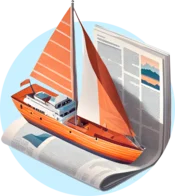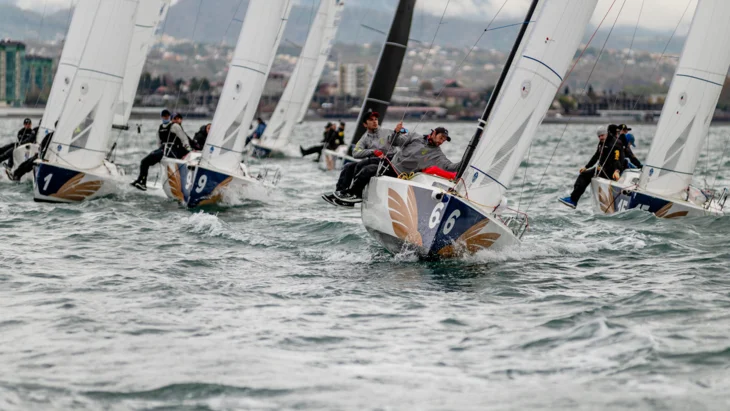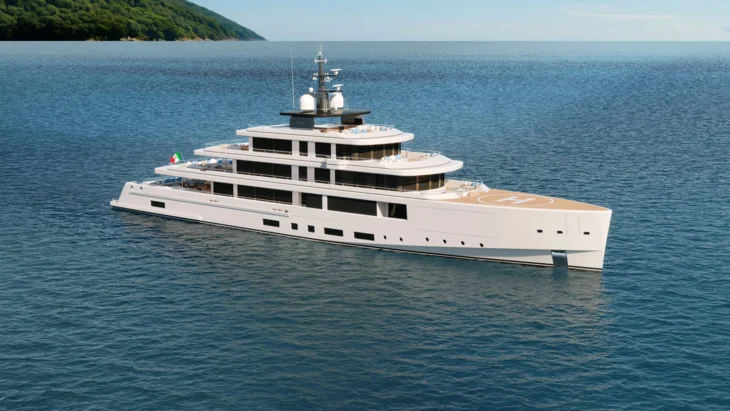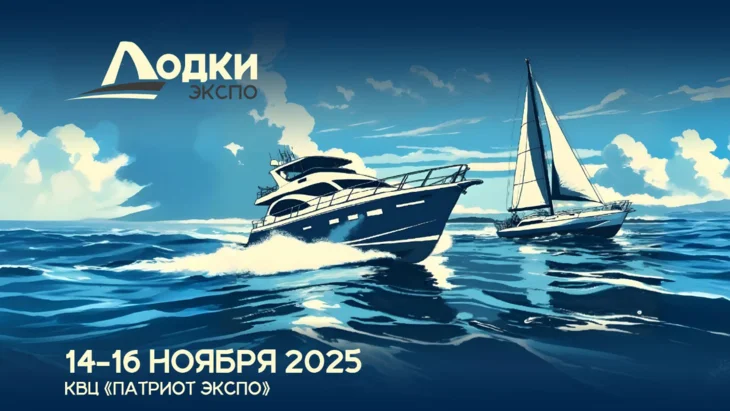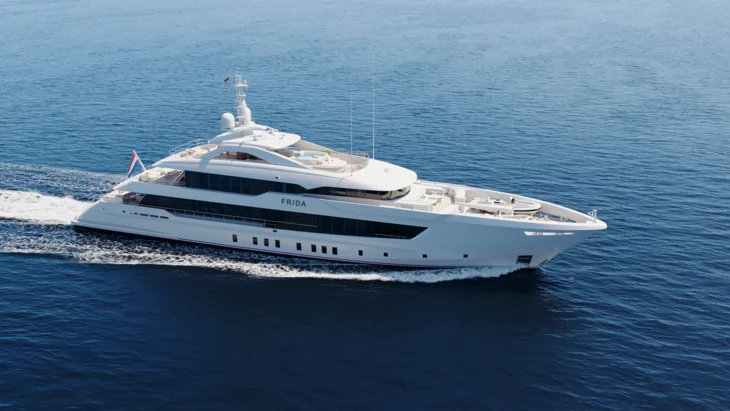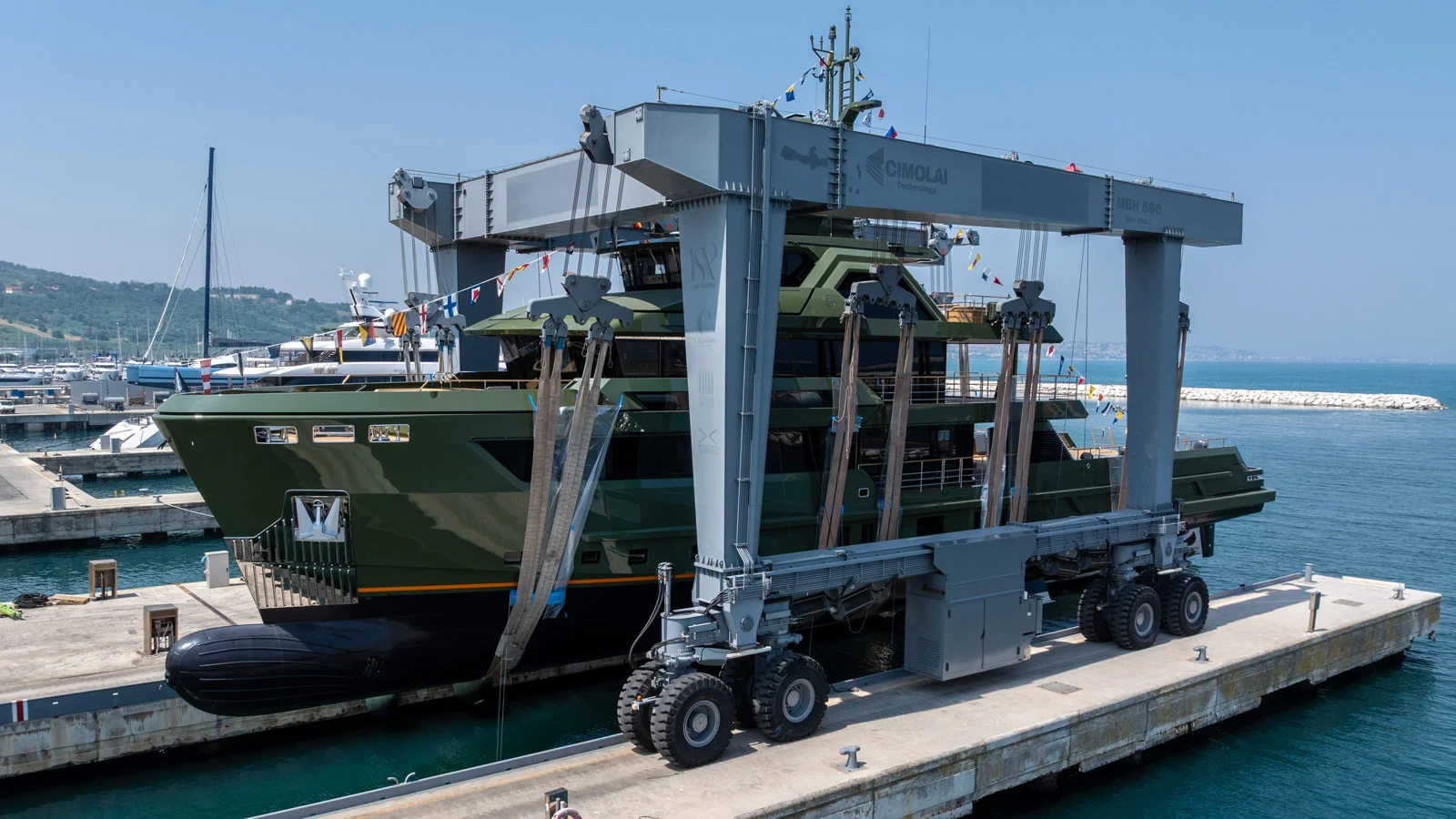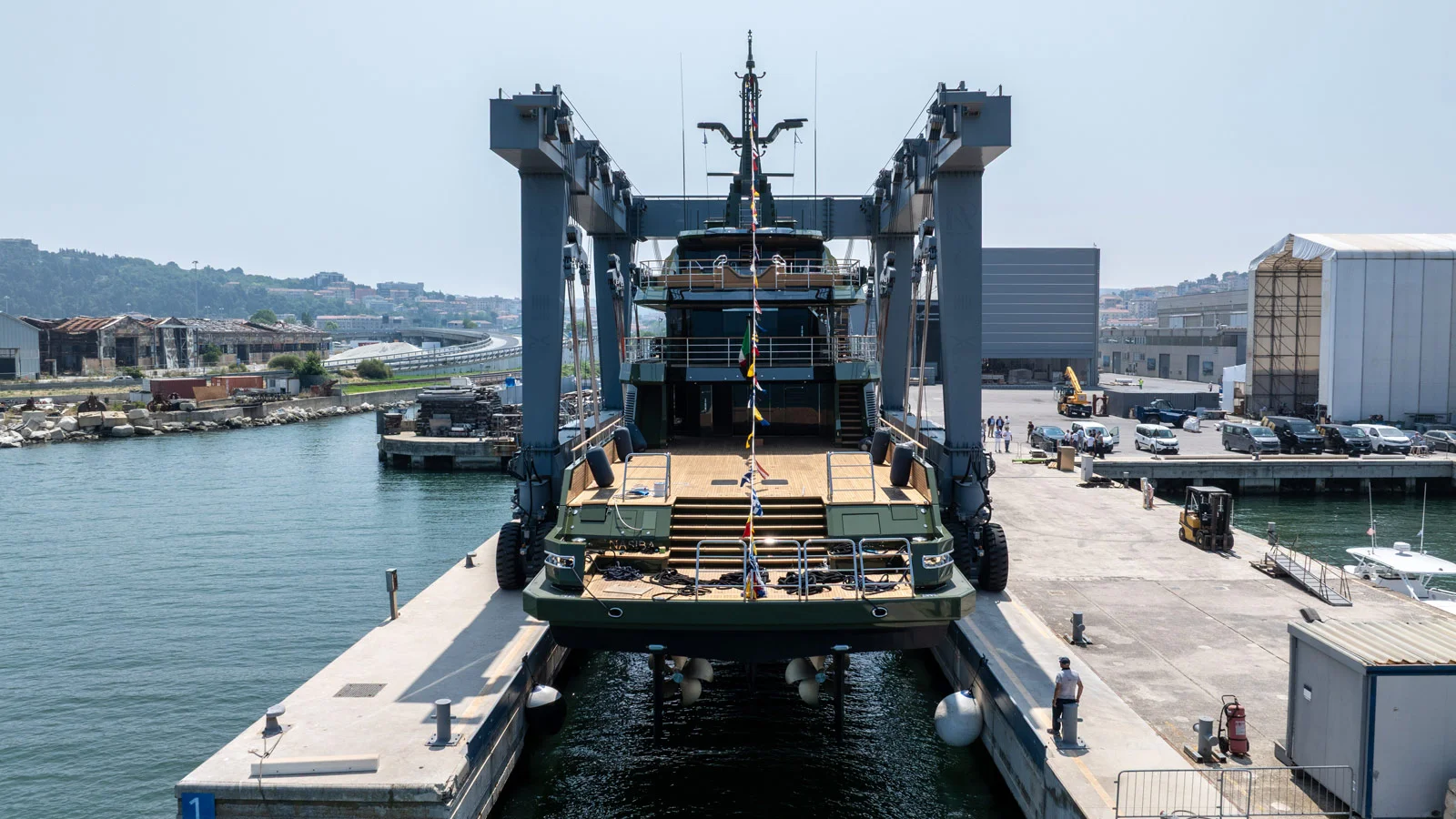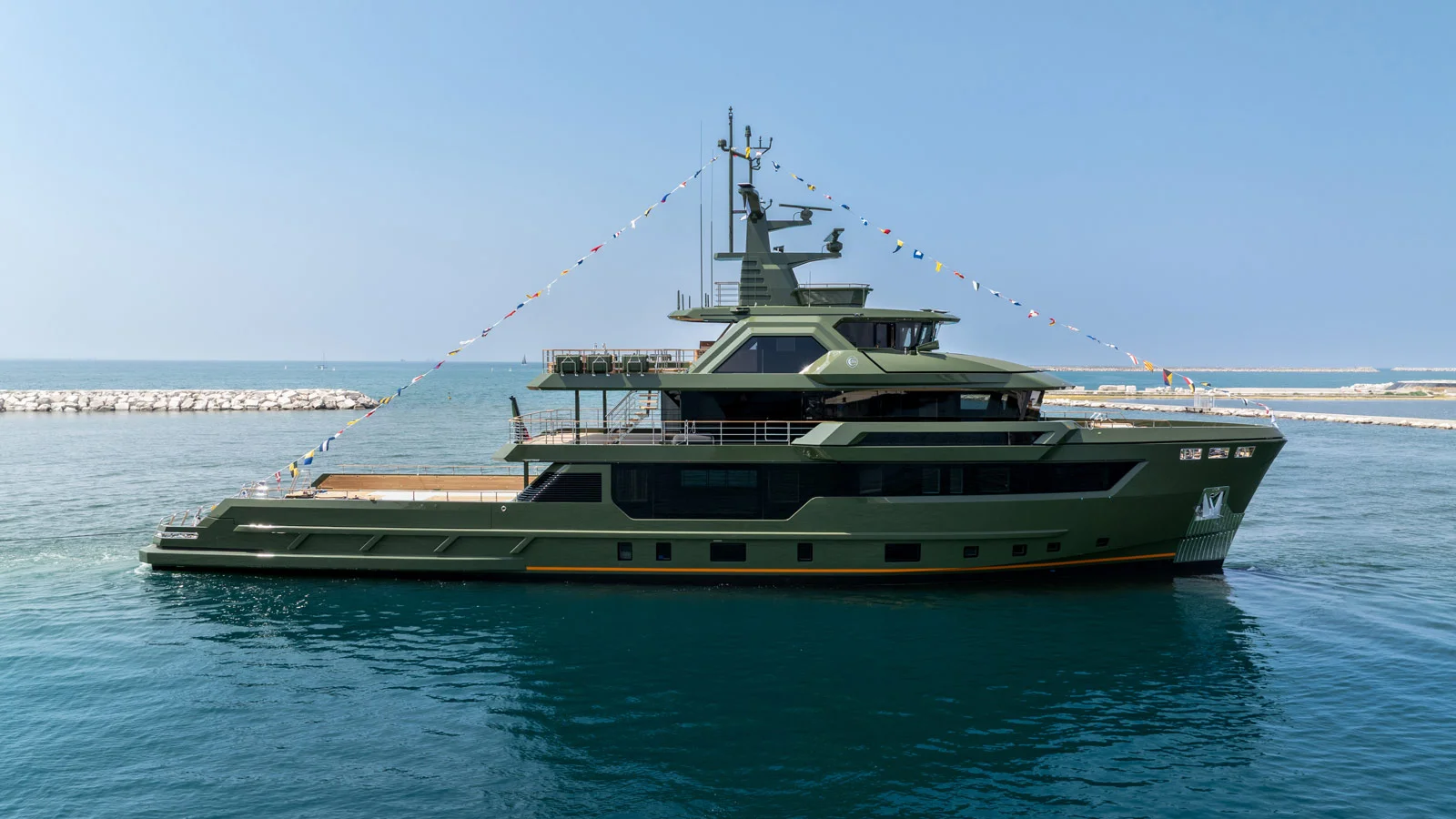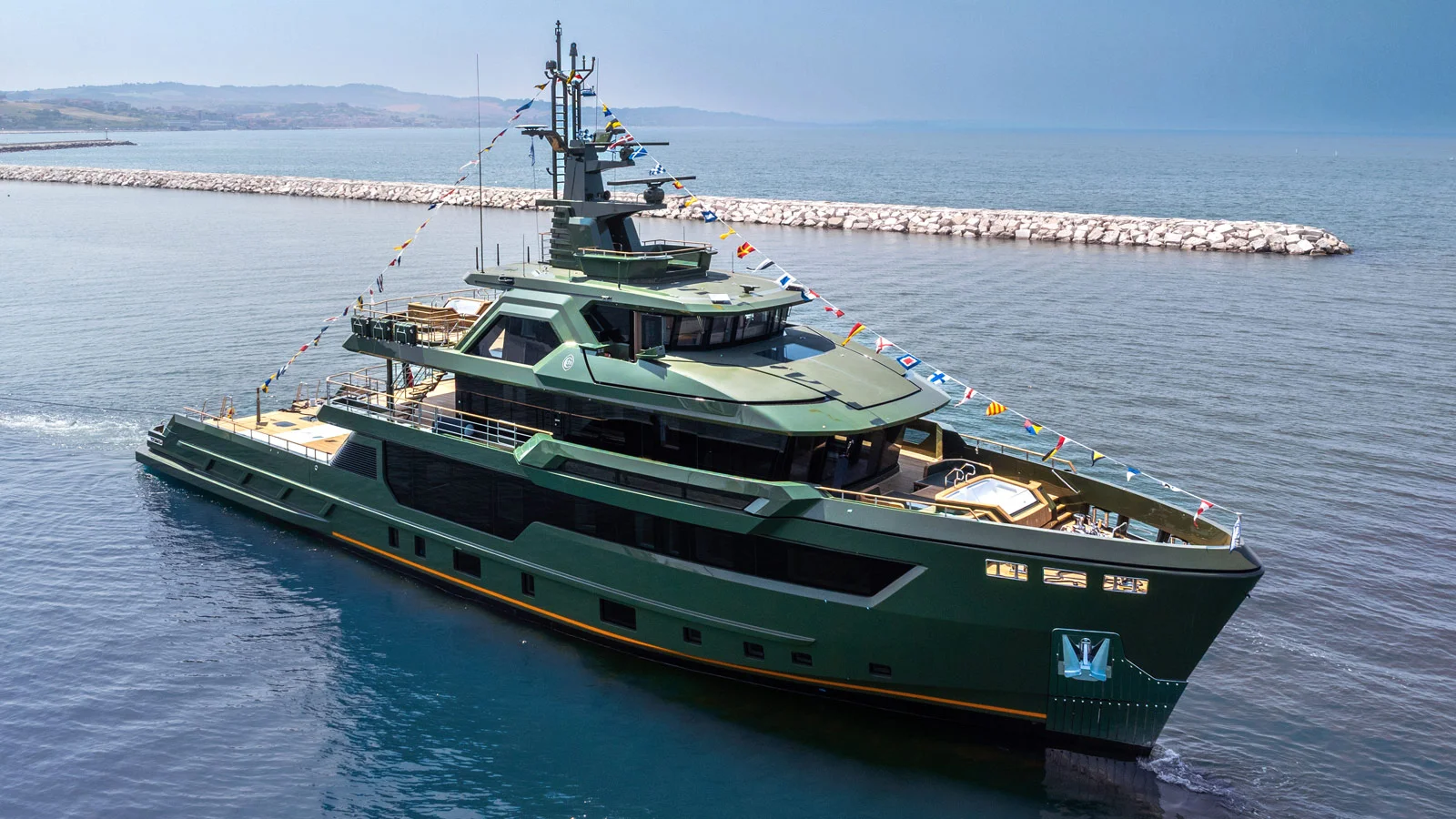
The young and adventurous owners did not just want a yacht for a nice vacation time. They wanted a real family home for long-term living together with their school-age children
The Nasiba’s exterior design by Sergio Cutolo and Hydro Tec studio is typical of vessels of this class: a traditional high bow, a superstructure brought forward, a reversed windshield and a large free aft section. The fold-down bulwarks and the pool make this area the centre of beach recreation, although one can also sunbathe on the swim platform. For the time of an expedition, there will be tenders and jet skis here, although there is a capacious garage available, too. For launching and retrieving the tenders, the yacht is equipped with the Flexplorer’s signature A-frame four-ton crane, concealed within a flush deck compartment when not in use.

Just like the Maverick, the first in Flexplorer 146 series, the Nasiba has a semi-englazed upper deck and a panoramic crow’s neck, which makes them seem a lot taller than the Mat, their second sistership, but all the vessels in the series actually have four-decks. However, the latest addition can’t be confused with any other thanks to her distinctive paint, which is extremely rare for yachts: her hull, superstructure and even the mast are all green.
The interior, which is owed to British Winch Design studio, stands out for a high level of customisation. The owners wanted a family vessel that could navigate all over the world and allow them to keep all their habits and lifestyle, including physical and mental development, creative work and quality time together, so the spaces were designed both “for body and mind”. Along with the spaces meant for physical activity and wellness (including the infra-red sauna), there are areas for relaxation and studies, where the children can both learn and play in comfort.
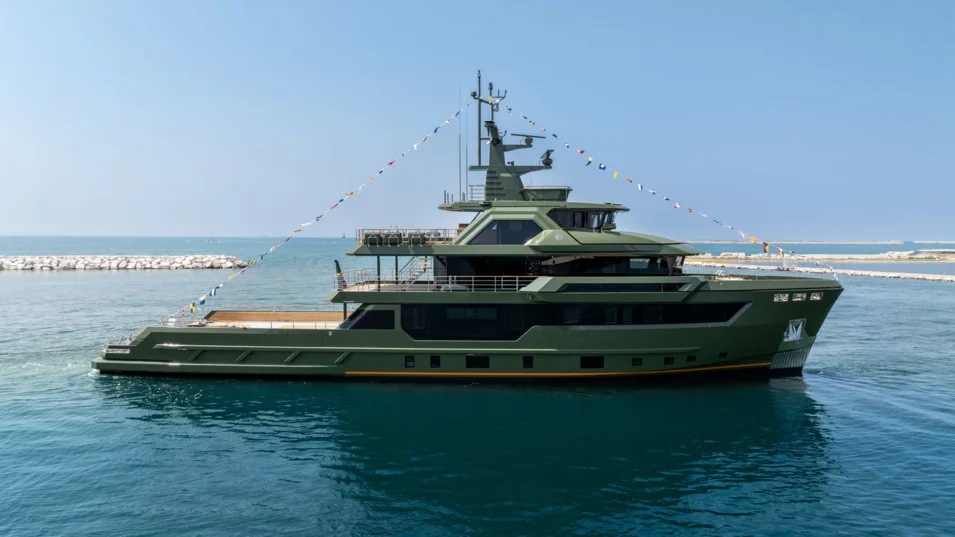
There are six guest cabins, and the owner’s is located on a dedicated deck, where one can have dinner aft or sunbathe by the private pool forward.
The owners underscored their commitment to healthy lifestyle and love for nature and asked for “natural, non-toxic and eco-friendly materials”. The Winch Design team approached this task most thoughtfully, favouring practices that create low levels of EMF (Electromagnetic Field) and materials with low VOCs (Volatile Organic Compounds).

Along with traditional wood and stone, the finishing materials include such exotic elements as seashell composite, recycled fishing nets, eggshell, Foresso panels (composite material made from recycled wood waste and a binding agent) and woven grass. On the whole, the interior is calm, cosy, pleasant to touch and featuring earthy colours.
The owner’s eco-consciousness obviously influenced the choice of propulsion system, too. The Nasiba is powered by twin Caterpillar C32 Acert of 746 kW with a selective catalytic reduction (SCR) system that ensures full compliance with IMO Tier III emission standards. It implies that the yacht will not be just capable of reaching a top speed of 14 knots and covering 5500 nautical miles at a cruising speed of 10 knots, but she can do it safely and enter ecologically sensitive regions, including marine sanctuaries.
You have successfully subscribed to our newsletter
